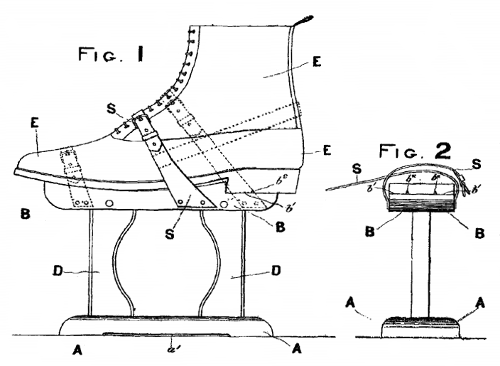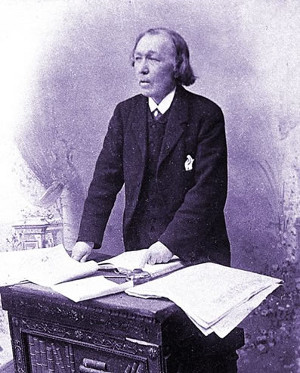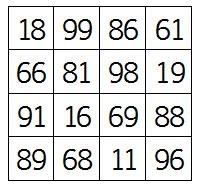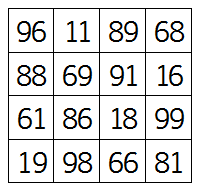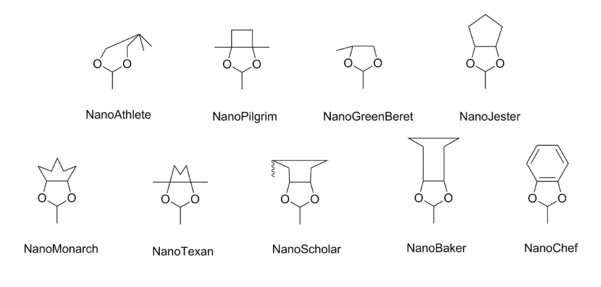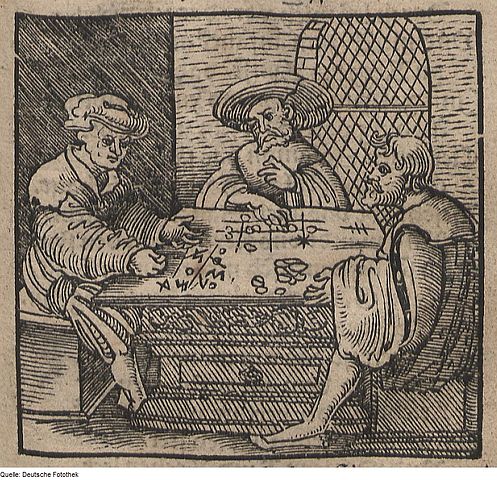
Ohio State University philosopher Stewart Shapiro relates a puzzling experience that a friend once encountered in a physics lab. “The class was looking at an oscilloscope and a funny shape kept forming at the end of the screen. Although it had nothing to do with the lesson that day, my friend asked for an explanation. The lab instructor wrote something on the board (probably a differential equation) and said that the funny shape occurs because a function solving the equation has a zero at a particular value. My friend told me that he became even more puzzled that the occurrence of a zero in a function should count as an explanation of a physical event, but he did not feel up to pursuing the issue further at the time.
“This example indicates that much of the theoretical and practical work in a science consists of constructing or discovering mathematical models of physical phenomena. Many scientific and engineering problems are tasks of finding a differential equation, a formula, or a function associated with a class of phenomena. A scientific ‘explanation’ of a physical event often amounts to no more than a mathematical description of it, but what on earth can that mean? What is a mathematical description of a physical event?”
What right do we have to presume that the natural world will hew to mathematical laws? And why does the universe oblige us so graciously by doing so? Repeatedly, mathematicians have developed abstract structures and concepts that have later found unexpected applications in science. How can this happen?
“It is positively spooky how the physicist finds the mathematician has been there before him or her.” — Steven Weinberg
“I find it quite amazing that it is possible to predict what will happen by mathematics, which is simply following rules which really have nothing to do with the original thing.” — Richard Feynman
“One cannot escape the feeling that these mathematical formulae have an independent existence and intelligence of their own, that they are wiser than we are, wiser even than their discoverers, that we get more out of them than was originally put into them.” — Heinrich Hertz
“The miracle of the appropriateness of the language of mathematics for the formulation of the laws of physics is a wonderful gift which we neither understand nor deserve.” — Eugene Wigner
(From Stewart Shapiro, Thinking About Mathematics, 2000; also his paper “Mathematics and Reality” in Philosophy of Science 50:4 [December 1983].)

